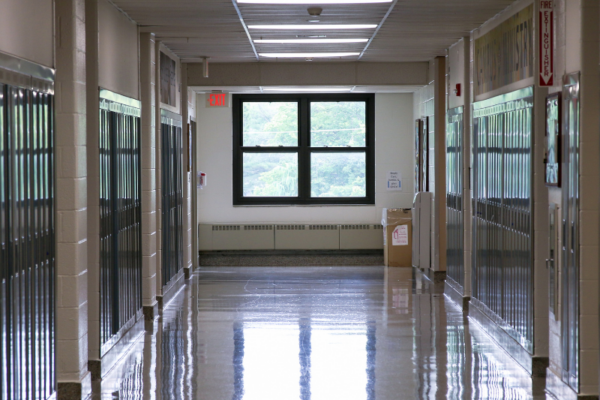As commentators have warned, a perfect storm of financial trouble — declining enrollment, outdated buildings and the end of federal pandemic-relief funds — is descending on many school districts. In response, education leaders from Boston to Seattle are eyeing school closures.
The conventional wisdom is that shuttering aging buildings with few students makes economic sense. But the economics of school closures have been thorny in Chicago, where officials closed 50 of the city’s 684 district schools in 2013. Eleven years later, savings have been less than expected, while the closings have proven disruptive to students and communities. They also carry economic consequences for the city and remain politically radioactive: The school board recently approved a moratorium on new school closures until 2027.
The Chicago experience is a cautionary tale for today’s policymakers contemplating school shutdowns.
When the 50 schools were shuttered, primarily in low-income communities serving students of color, city officials estimated the district would save $1 billion over 10 years: $560 million on building repairs and $43 million a year in salaries for principals and support staff.
But following accusations by parents, activists and local elected officials opposing the closings that the numbers were inflated, the district quietly revised its savings estimates downward by 20%, to $438 million. Also that year, WBEZ, the Chicago National Public Radio affiliate, found that the district was not accounting for $329 million it borrowed to prepare the schools that were to enroll the displaced students. That borrowing cost $25 million annually, starting in 2015 and continuing until 2045, for a total of $750 million.
Then, a 2023 analysis by the Chicago Sun-Times and WBEZ found that the labor savings for employing fewer principals, assistant principals and school clerks amounted to about $25 million a year, $18 million less annually than projected.
Beyond the shrinking cost savings, there’s evidence that the closures contributed to the decline of the low-income Black neighborhoods where the schools were located. The Sun-Times and WBEZ analysis looked at census data and found that Black neighborhoods that experienced a permanent school closure in 2013 subsequently lost population at three times the rate of other Chicago Black neighborhoods. Census tracts with a majority Black population that included closed schools lost 9.2% of their residents between 2013 and 2018, the news organizations found, compared with 3.2% in Black census tracts with schools that did not close.
Those statistics don’t prove that the school shutdowns accelerated declines in neighborhoods that were already depopulating. And charter schools in those communities may have encouraged some Black families to stay put, slowing the decline. But having a school near home is a draw for families, especially those with elementary school students. And in a struggling neighborhood, the closing of a school can be the last straw for families who are considering moving away. Notably, 49 of the 50 closed schools were elementary schools.
Shuttering the schools didn’t improve academic outcomes for their students. A 2018 report from the UChicago Consortium on School Research found that students from closed schools were absent and suspended at the same rates as peers in their new schools. But they had lower math scores for at least four years after transferring. And the Sun-Times and WBEZ analysis showed that they graduated from high school at slightly lower rates than students in schools with similar demographics that didn’t close. A 2023 analysis of school closings in the San Antonio Independent School District yielded similar results: Attendance, grades and state test scores didn’t improve after students transferred to their new schools.
Nor did then-Mayor Rahm Emanuel and district officials renovate and reopen the closed schools as other community assets, as they pledged to do by the end of 2014. A large-scale sale fell through, as did an effort to have local aldermen manage sales. As of May 2023, only 20 of the closed school buildings had been successfully reopened for other purposes. Many of the others have become graffiti-covered eyesores.
By contrast, Kansas City Public Schools developed a community-focused approach to repurposing the 30 school buildings it closed in 2011. The district hired an urban planner with experience in community development, who held public meetings and tours before putting each building on the market. Each time a serious offer was made, more meetings were held. The district has sold 22 buildings, has one under contract, demolished five and is holding three for future use.
School districts can’t ignore the inefficiencies of underenrolled schools, especially when they are faltering academically. But the aftermath of Chicago’s school closings a decade ago points to the importance of a clear-eyed approach that prioritizes public transparency and takes into account the financial, academic and community consequences of closings. It suggests the need to balance cost savings with preserving the vitality of neighborhoods and the need for resources to support struggling students wherever they attend school.
This piece originally appeared in The 74.


